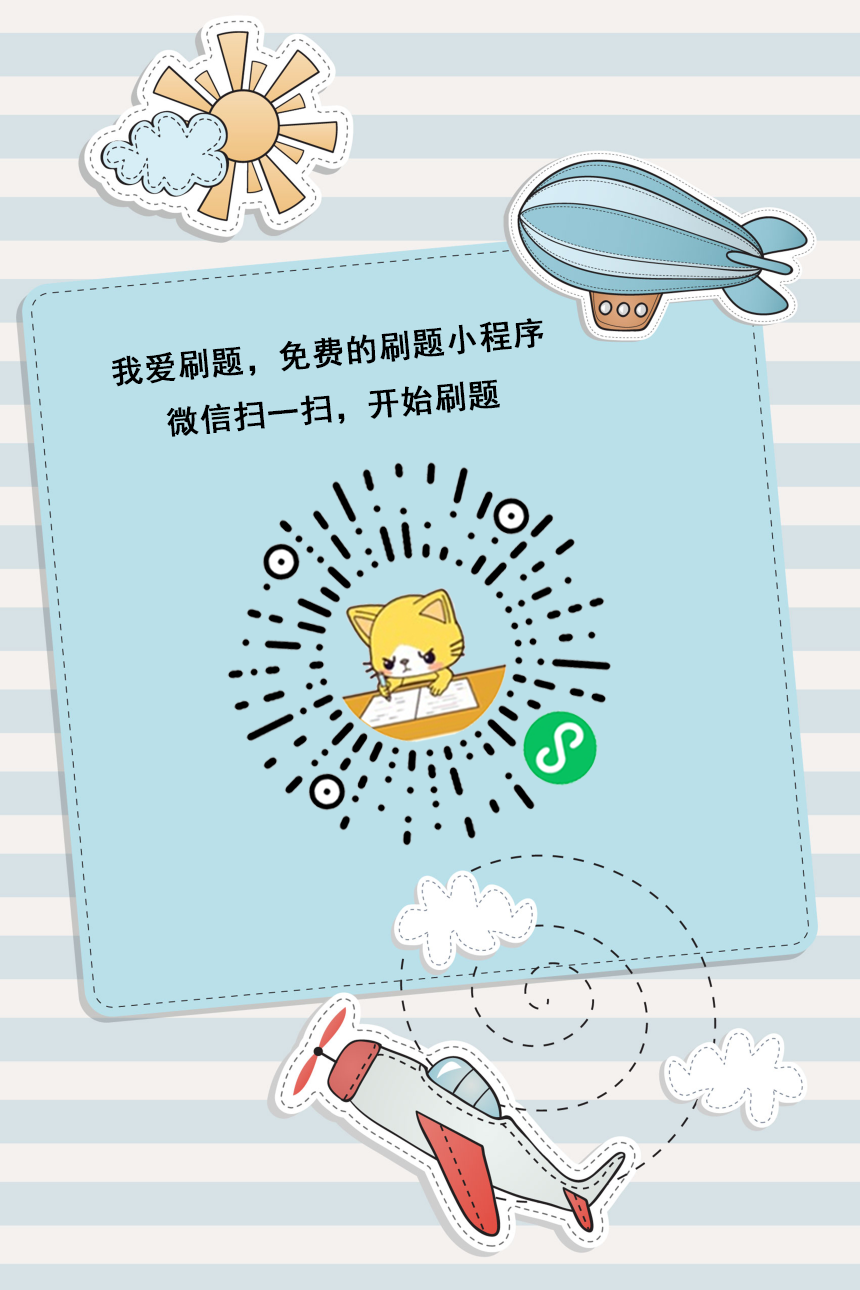【单选题】
举高消防车回转机构液压系统设置了___,可实现启动和制动时平稳可靠。
A. 溢流阀
B. 缓冲阀
C. 节流阀
D. 双向液压锁
查看试卷,进入试卷练习

微信扫一扫,开始刷题

答案
B
解析
暂无解析
相关试题
【单选题】
瞬时风速超过___级时,云梯车可以投入实战使用,但应把两根安全绳挂在梯架顶端平台两侧,绳索另一端由地面人员分两侧牵引,以保持平台的平衡与稳定。
A. 5
B. 6
C. 7
D. 8
【单选题】
高喷车臂架展开后发动机运转时,应摘掉油泵取力器,并接通水泵取力器,操作油门向左旋逐渐加速至压力表显示___时,泡沫炮即高空喷射。
A. 0.5MPa
B. 1.0MPa
C. 1.5MPa
D. 2.0MPa
【单选题】
高喷车进入火灾现场,根据消防实战的需要,用两侧出水口接用水枪或泡沫枪,配合扑救地面中小型火灾时,应注意调整水的流量,其工作压力不应超过___。
A. 0.5MPa
B. 1.0MPa
C. 0.7MPa
D. 1.5MPa
推荐试题
【多选题】
对违法的建筑物、构筑物、设施等需要强制拆除的,行政机关可以依法强制拆除的条件包括:___。
A. 当事人在公告规定的期限内不拆除
B. 当事人在法定期限内不申请行政复议
C. 当事人在法定期限内不提起行政诉讼
D. 当事人在法定期限内不提出异议
【多选题】
法律对行政强制措施的___作了规定的,行政法规和地方性法规不得作出扩大规定。
A. 对象
B. 条件
C. 种类
D. 范围 39、行政强制有哪些情形的,中止执行:( ABC )。
【多选题】
当事人一方人数众多的共同诉讼,可以由当事人推选代表人进行诉讼。代表人的诉讼行为对其所代表的当事人发生效力,但代表人___,应当经被代表的当事人同意。
A. 变更、放弃诉讼请求
B. 出示相关证据并进行法庭辩论
C. 出庭应诉,宣读起诉状
D. 承认对方当事人的诉讼请求
【多选题】
在起诉被告不履行法定职责的案件中,原告应当提供其向被告提出申请的证据。但有下列情形之一的除外___。
A. 被告的行政行为对原告造成了损害但因被告的原因导致原告无法举证的
B. 被告应当依职权主动履行法定职责的
C. 原告因正当理由不能提供证据的
D. 被告因正当理由不能提供证据的
【多选题】
下列哪些不属于行政诉讼的受案范围?___
A. 国防、外交等国家行为
B. 行政法规、规章或行政机关制定、发布的具有普遍约束力的决定、命令
C. 行政机关对行政机关工作人员的奖惩、任免等决定
D. 认为行政机关滥用行政权力或排除或限制竞争的
【多选题】
在行政诉讼中,与案件有关的哪些证据,原告或者第三人可以申请人人民法院调取___。
A. 由国家机关保存而须由人民法院调取的证据
B. 涉及国家秘密、商业秘密和个人隐私的证据
C. 原告人认为收集将损耗大量人力财力的证据
D. 确因客观原因不能自行收集的其他证据
【多选题】
提起行政诉讼应当符合哪些条件?___
A. 原告是符合《行政诉讼法》规定的公民、法人或其他组织
B. 有明确的被告
C. 有具体的诉讼请求和事实根据
D. 属于人民法院受案范围和受诉人民法院管辖
【多选题】
人民法院在审理行政案件的过程中,认为行政机关的主管人员、直接责任人员违法违纪的,应当___。
A. 将有关材料移送上一级人民法院
B. 将有关材料移送同级检察院
C. 将有关材料移送监察机关
D. 将有关材料移送该行政机关或上一级行政机关
【多选题】
在行政诉讼中,人民法院判决驳回原告诉讼请求的情形有___。
A. 行政行为证据确凿,适用法律法规正确,符合法定程序
B. 行政处罚显失公正的,变更处罚已无实际意义的
C. 原告申请被告履行法定职责不成立的
D. 原告申请被告履行给付义务理由不成立的
【多选题】
行政行为有下列情形之一的,人民法院判决撤销或者部分撤销,并可以判决被告重新作出行政行为___。
A. 主要证据不足
B. 适用法律、法规错误
C. 违反法定程序
D. 超越职权
【多选题】
行政行为有下列情形之一的,人民法院判决确认违法,但不撤销行政行为___。
A. 被告改变原违法行政行为,原告仍要求确认原行政行为违法的
B. 行政行为依法应当撤销,但撤销会给国家利益、社会公共利益造成重大损害的
C. 被告不履行或者拖延履行法定职责,判决履行没有意义的
D. 行政行为程序轻微违法,但对原告权利不产生实际影响的
【多选题】
与本案有关的下列证据,原告或者第三人不能自行收集的,可以申请人民法院调取:___
A. 涉及国家秘密、商业秘密的证据
B. 由国家机关保存而须由人民法院调取的证据
C. 涉及案件中个人隐私的证据
D. 确因客观原因不能自行收集的其他证据
【多选题】
规范性文件附带审查制度是行政诉讼中的一项重要制度,根据该制度规定,公民、法人或者其他组织认为行政行为所依据的下列哪些文件不合法,可以在对行政行为提起诉讼时,一并请求对该规范性文件进行审查。___
A. 国务院部门的规范性文件
B. 地方性法规和规章
C. 地方各级人民政府及其工作部门的规范性文件
D. 行政法规
【判断题】
在依法可以设定行政许可的事项范围内,如果通过市场竞争机制调节、行业组织和中介机构自律性管理或者采用事后监督方式,能够予以规范和约束的,一律不得设定行政许可。
A. 对
B. 错

